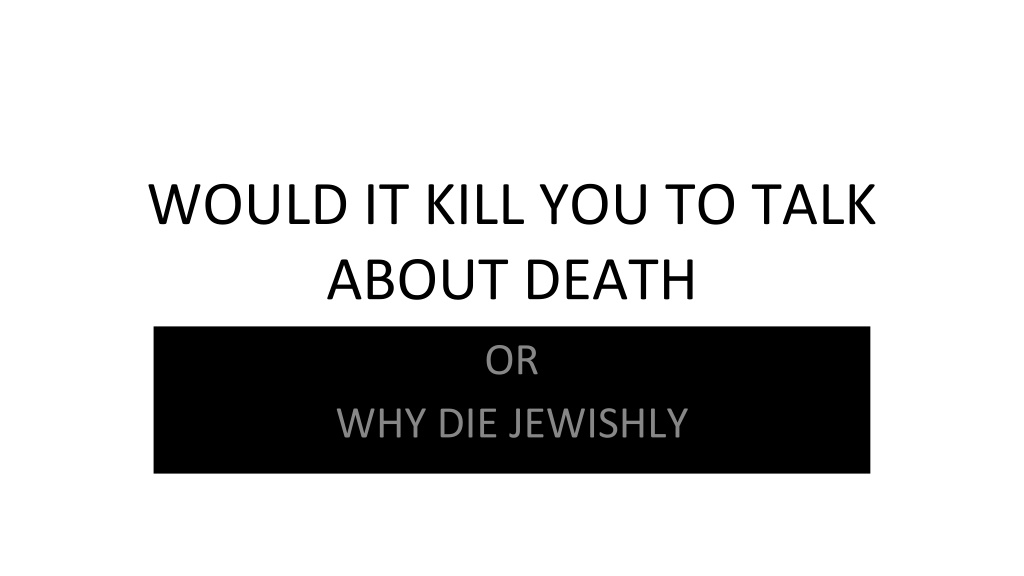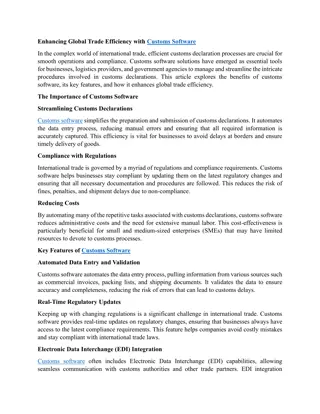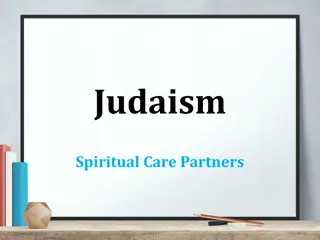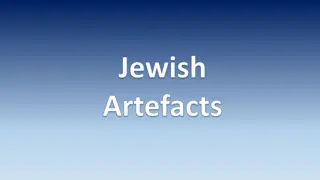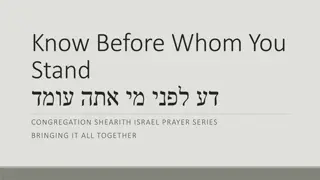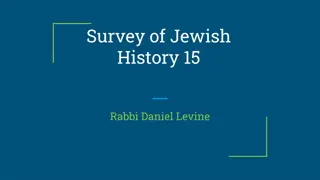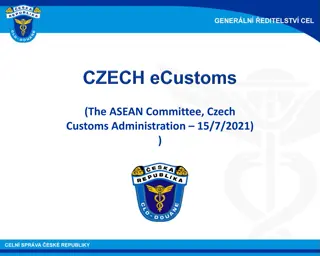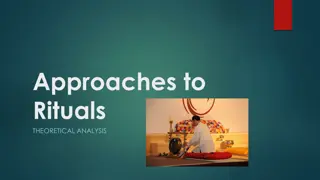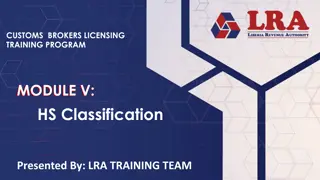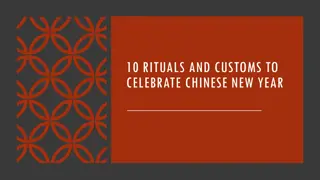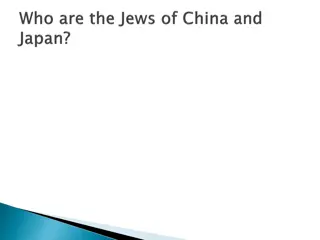Exploring Jewish Customs & Rituals: Embracing End-of-Life Conversations
The content delves into the importance of discussing death and embracing Jewish customs and rituals related to end-of-life practices. It highlights efforts to educate the community about the Chevrah Kadisha, Tahara, and other traditional practices. The goal is to promote understanding and acceptance of these customs, often shrouded in secrecy and fear, through innovative and humorous marketing strategies.
Download Presentation

Please find below an Image/Link to download the presentation.
The content on the website is provided AS IS for your information and personal use only. It may not be sold, licensed, or shared on other websites without obtaining consent from the author. Download presentation by click this link. If you encounter any issues during the download, it is possible that the publisher has removed the file from their server.
E N D
Presentation Transcript
WOULD IT KILL YOU TO TALK ABOUT DEATH OR WHY DIE JEWISHLY
We are not human beings We are not human beings having a spiritual experience. having a spiritual experience. We are spiritual beings having We are spiritual beings having a human experience a human experience. . Teilhard de Chardin Teilhard de Chardin
Woody Allens Thoughts on Death http://www.youtube.com/watch?v=OdlzMTV waAc
But as long as we are thinking about it, isn t our body more than just scraps?"
Shouldnt we be remembered for more that the fact that we were a virgin?
WOULD IT KILL YOU TO TALK ABOUT DEATH? Let s Midwife the Soul (Rick Light)
THE PLAN My big idea .is to get more Jews to use the Chevrah Kadisha. I want Jews in Oklahoma to use Jewish customs and rituals: Bikor Cholim, Tahara, tachrichim, no viewing, no embalming, in-ground burial, Shivah, Shloshim, Kaddish for 11 months, Yahrzeit and Yizkor. Our community-serving Chevra Kadisha had been in place for 108 years. We are used maybe only 8 times per year. My plan is to employ a full court press to interest and educate the community at large on how to midwife the soul. Our customs are cloaked in secrecy and fear of death. Marketing of the education will need to be innovative, with a bit of humor.
My goal is to educate the Jews of Oklahoma City about Chevrah Kadisha and tahara. The approximately 2000 affiliated Jews in the state are largely ignorant of Jewish continuum of care practices. Education to this point has been largely unsuccessful. The Jewish Federation has a Jewish University series of adult education. I gave a session on Chevrah Kadisha which about 12 people attended, as opposed to the usual 50-75 attendees. People do not want to talk about death. Helene, our Rosh, has offered several times to teach a session for the community Sunday school. They declined. Helene taught an adult education life cycle series at the Reform Temple in which she had one session on end of life issues. This was well attended, but it should be noted that the series was based on humorous film and TV clips. So, does it take humor to get people to come hear about death?
THE PLAN (CONT) My Objectives are to have more Oklahoma Jews choose tahara, tachrichim and in-ground burial. Other objectives include less cremation, less embalming, less viewing, less street clothes. I would like Oklahomans to make these choices is well in advance of death. They should have family discussions and Advance Directives which include Chevra Kadisha issues. The Degree to which these changes are made must be variable in the beginning based on the individual. A lot will depend on the Chevra Kadisha itself and how far members are willing to bend. I can imagine various combination and permutations, such as possibly a tahara and street clothes.
THE PLAN DETAILS TALKS TO ALL JEWISH ENTITIES HANDOUTS FOR CONTACTS, WITH A POINT PERSON HANDOUT PACKAGE, TAHARA STORY, ADVANCE DIRECTIVE, ETHICAL WILL, CONTINUUM OF CARE LIST, BIBLIOGRAPHY, SURVEY
MEETINGS WITH RABBIS TO MENTION CK ON YOM KIPPUR OFFER TO ASSIST RABBIS WITH STREAMLINING WEBSITE ACCESS TO DEATH OFFER TO ASSIST RABBIS WITH COMMUNITY REQUESTS FOR TALKS (HOSPICES) TALKS FOR LOCAL HOSPITALS CHAPLAINS ANALYSIS OF COMMUNITY CHANGE
TRADITIONALLY A CHEVRAH KADISHA DOES MORE THAT PREPARE A BODY FOR BURIAL. From the (Jerusalem Talmud, Tractate Gittin) "We sustain the poor...and visit the sick and bury the dead...and comfort the bereaved... for these are ways of peace."
BEIT CHAIM Jews do not consider death as an end of life. Small houses often found on graves around the world are Beit Chaim, Houses of Life, not houses of death. this understanding of home permeated design and belief from earliest burial practices.
BEIT CHAIM PICTURES FROM lYNN GREENHOUGH
CHAIKIAS GREEK JEWISH CEMETERY
All Jewish legal sources are unanimous in their insistence on absolute democracy and simplicity in death. Formerly the expense of the burial was harder to bear by the family than the death itself, so that sometimes they fled to escape the expense. This was so until Rabban Gamliel insisted that he be buried in a plain linen shroud instead of costly garments. And since then we follow the principle of burial in a simple manner (Moed Katan 27a, b) fine clothing is frowned upon. The shrouds have no pockets, lest their contents might make a distinction between two individuals. A burial is not the appropriate occasion to flaunt wealth. GAMLIEL
Since the ancient sage Gamliel, everyone arrives dressed in the same simple white linen/cotton garments, tachrichim, like the High Priest.
THESE ARE SOME JEWISH CUSTOMS VIDUI (confession) TAHARAH (preparation and dressing of the deceased) TRANSCENDING JEWISHLY SHMIRAH (guarding the deceased until they are buried) K'RIAH (tearing of the mourners clothes) FILLING IN GRAVE (done by family and friends) SHIVA (7 days of comforting the mourners) SHLOSHIM (30 days of mourning) KADDISH (daily prayer for 11 months for the deceased) UNVEILING (of the tombstone after one year) YAHRZEIT (anniversary of the death) YIZKOR (prayer 3 times/year for the deceased at festivals)
(MOURNING HAS ITS LIMITS) Nora Ephron s death, Holy Chutzpah: by Danielle Berrub She died in 2012 at 71. Breaking up is hard to do. Just ask Nora Ephron, whose divorce from journalist Carl Bernstein (of Watergate fame) in 1980, apparently scarred her for life. Ephron responded to the pain in her life and the failure of her marriage with incredible chutzpah; who else could write a charming book smearing the man who brought down Nixon? But what did we expect? It was quite simply the Jewish thing to do.
Ephron is a case in point for the Jewish imperative of turning pain into possibility (Never mind that in her book she writes that one of things she ll miss when she dies is bacon; and what she won t miss: Bar Mitzvahs ). Ephron was raised in a Jewish home in Beverly Hills in which the family religion, as she describes it, was get over it. Which coheres with Judaism more than Ephron probably realizes; Jews aren t allowed to wallow. Even mourning has its limits: 7 days of utter despair (no chairs, no grooming, no sex) followed by a month of mourning (no shaving, no music) and then a year in which life isn t fully lived (no theater, no concerts, no parties).
Posted by Danielle Berrin Even while wandering through the desert, after a dramatic exodus from the horrors of slavery, God had little tolerance for a mob of complaining Jews. Moses had to intervene to catch them a break. There is a time for everything, says Ecclesiastes, which includes a time for getting over it.
A PORTION OF AN ALTERNATE VIDUI (CONFESSION) by Alyson Jordon
VIDUI CONFESSION BY ALISON JORDON (THE ENTIRE VERSION IS A HANDOUT.) I regret the times that I did not chose well: times I was too hurt or frightened to see my way, times I was too confused or angry to follow my best intentions. My heart aches for words I could not say and for those better left unspoken; for actions I could not take and for those I might rather not have taken. My G-d, please sustain my family. In Your endless compassion please bless each one and protect them. Bring comfort to my loved ones and to all who mourn, and let their spirits be renewed in the fullness of Your love.
HANDOUTS My First Tahara (Joyce)
I waited a year after my mother (may she rest in peace) passed away, before I was able to think about doing for others what the Chevrah Kadisha (Jewish Holy Burial Society) had done for my mother. I read the manual which they gave me which Rabbi Stu Kelman had written. My friend suggested that I watch the first time and read the prayers in English as she read them in Hebrew. Having worked in hospitals and nursing homes I was not a stranger to illness and death, but this was not medical. This was spiritual and kind and gentle. It was easier for me than I had expected, it was even a relief. I saw and felt what these women had done for my mother. I was so grateful. I was comforted and felt my mother must have felt comforted, too. These women, this Chevrah Kadisha (Holy Society), were the embodiment of G-d s feminine aspects: compassion, kindness, nurturing.
Our woman (meitah) was cold. We covered her body and her face modestly. We called her by her Hebrew name as we apologized for any inadvertent disrespect. We noted that we were going to do the best we could. We quietly prepared the implements, assigned duties and began checking her for bandages, medical devices, nail polish, areas that needed special cleansing. We prayed the prayers in the manual and were comforted by the excerpts from the Song of Songs, describing her beauty. We were reminded not to pass items over her, as her neshama (soul) hovered just above her. We tried to remember not to stand at her head as the Shechinah (G-d s presence) hovered there. Occasionally we spoke to her in comforting tones, as we had read that the sense of hearing was the last to go. We knew she was listening. We reminded her that we intended only respect and kindness.
We cleaned her, combed her hair and then we ritually purified her with the 3 buckets of continuous flowing water and more prayer. We dressed her as the high priest (Kohen Gadol) in the Temple in Jerusalem was dressed, with pure white garments. We lifted her into the plain pine box, wrapped her in a white cloth after sprinkling her with earth from Israel s Mount of Olives. We faced her feet towards the door, beginning her journey to Paradise (Gan Eden). Again we addressed her and asked for her forgiveness. The other women had done this many times before and still were moved and impressed with the significance of the moment. I felt quietness envelope me as I had been privileged to participate in a transition from one level of existence to the next. What an honor it was to be there with her. I felt reassured that this had been done for my mother and one day would be done for me. In a way it was like I was privileged to be a voyeur, sneaking a glimpse into the next world. I came away reassured.
GAMLIEL TRAINING Shmirah (escorting or guarding the dead) 9/11
Watching Over the Dead With 'Shmira' September 07, 2011 - Uriel Heilman, Jewish Telegraphic Agency A dozen refrigerated trucks loaded with the body parts of victims of the 9/11 attacks filled a cavernous tent across the street from the Office of the City Medical Examiner, their low-pitched buzz an eerie soundtrack to the solemn work being carried out at the morgue about three miles north of Ground Zero. For more than seven months after the attacks on Sept. 11, 2001, this somber place in downtown New York filled with firefighters, police officers, construction workers and clergymen had another fixture: Jewish volunteers who came one by one to take part in a round-the-clock prayer vigil at the morgue, where they spent four-hour shifts reciting Psalms. The vigil was part of the Jewish ritual of shmira, escorting the dead from the time of passing until burial -- a period that normally lasts no longer than 24 to 48 hours. In the case of the victims of the Trade Center attacks, a quick burial wasn't possible, so the prolonged shmira watch was born. It ran without pause 24 hours a day, seven days a week, from Sept. 20, 2001 until April 30, 2002. The body parts in the trucks weren't exclusively those of Jews, but because Jewish remains were assumed to be among them, shmira was necessary. Armin Osgood, a soft-spoken, portly man from an Orthodox synagogue on Manhattan's Upper West Side, Ohab Zedek, coordinated the shmira watch, and many of the volunteers came from his congregation. But on Shabbat, when the volunteers -- who came from as far as New Jersey and Pennsylvania -- couldn't take trains or taxis to reach the site, students from Yeshiva University's Stern College for Women, which was within walking distance of the morgue at 30th Street and First Avenue, managed the vigil.
RESOURCE PACKET North American Jewish Burial Society, Kavod v Nichum: Jewish-Funerals.org Emanuel Synagogue: (405) 528-2113) : Emanuelokc.org/chevrah.htm Chabad:Jewishokc.com Temple Bnai Israel:thetempleokc.org The Jewish Federation: Jfedokc.org (Jewish life- Bikkur Cholim/visiting the sick) Joyce Friedman: (405-590-7064) : jfriedman14@cox.net
REFERENCES: BIBBIBLEILIOGRAPHY Does the Soul Survive: A Jewish Journey to Belief in Afterlife Rabbi Spitz
Handout for Rabbi Chevrah Kadisha Education Joyce Kendall Friedman, Ph.D. My project is to convince more Jews to use the Chevrah Kadisha. I want Jews in Oklahoma, specifically, to know and possible even use some Jewish Chevrah Kadisha customs and rituals : visiting the sick (Bikor Cholim), purification (Tahara), plain white burial garments (Tachrichim), no viewing, no make-up, no embalming, in-ground burial, no cremations, Shivah, Shloshim, Kaddish for 11 months, Yahrzeit and Yizkor. Our community-serving Chevra Kadisha had been in place for 108 years. We are used maybe only 8 times per year. My plan is to interest and educate the community at large on how to midwife the soul. Our customs are cloaked in secrecy and fear of death. Marketing of the education will need to be innovative, with a bit of humor. Education to this point has been largely unsuccessful. The Jewish Federation has a Jewish University series of adult education. I gave a session on Chevrah Kadisha which about 12 people attended, as opposed to the usual 50-75 attendees. People do not want to talk about death. Helene Harpman has offered several times to teach a session for the community Sunday school. They declined. Helene taught an adult education life cycle series at the Reform Temple in which she had one session on end of life issues. This was well attended, but it should be noted that the series was based on humorous film and TV clips. So, does it take humor to get people to come hear about death?
My Goal is provide "attractive" education for Oklahoma Jews about how and why to die Jewishly. My Objectives are to have more Oklahoma Jews choose tahara, tachrichim and in-ground burial. Other objectives include less cremation, less embalming, less viewing, less street clothes. I would like Oklahomans to make these choices is well in advance of death. They should have family discussions and Advance Directives which include Chevra Kadisha issues. The Degree to which these changes are made must be variable in the beginning based on the individual. A lot will depend on the Chevra Kadisha itself and how far members are willing to bend. I can imagine various combination and permutations, such as possibly a tahara and street clothes.
A Short Survey Name (optional)________________________________________________________________ ________ Age________________________________________________ Will you likely use the Chevrah when it is your time?________________________________________ About what else would you have liked to hear?_____________________________________________ What brought you today?_____________________________________________________________
THE ONLY HALACHOT (LAWS) ARE TO HONOR THE DEAD, BURY THE DEAD, BURY IMMEDIATELY
